Watson, GJ, Banfield, G, Watson, SCL, Beaumont, NJ and Hodkin, A 2025 Offshore wind energy: assessing trace element inputs and the risks for co-location of aquaculture. npj Ocean Sustainability, 4 (1). 10.1038/s44183-024-00101-6
Preview |
Text
s44183-024-00101-6.pdf - Published Version Available under License Creative Commons Attribution. Download (1MB) | Preview |
Abstract/Summary
Co-locating aquaculture with Offshore Wind Farms (OWFs) is a novel global energy sustainability policy driver. However, trace elements (TEs) from turbine corrosion-protection systems could generate significant ecosystem, economic, and human health risks. We calculate annual inputs for current European OWF capacity (30 GW) as: 3219 t aluminium, 1148 t zinc and 1.9 t indium, but these will increase ~12× by 2050, eclipsing known discharges. However, a paucity of industry data makes it impossible to compare water and sediment TE concentrations at operational OWFs against toxicity thresholds, therefore, ecotoxicological risks are under assessed. TE accumulation in seafood is a major human exposure route. Accumulated high tissue concentrations in oysters, mussels and kelp during co-location culture would contribute significantly to or greatly exceed (e.g. oyster zinc accumulation) an adult’s Tolerable Weekly Intake. We provide an industry/regulator ‘road map’ for implementing key policy changes to minimise unintended risks of rapid global OWF expansion.
| Item Type: | Publication - Article |
|---|---|
| Divisions: | Plymouth Marine Laboratory > Science Areas > Sea and Society |
| Depositing User: | S Hawkins |
| Date made live: | 25 Jul 2025 07:07 |
| Last Modified: | 25 Jul 2025 07:07 |
| URI: | https://plymsea.ac.uk/id/eprint/10478 |
Actions (login required)
 |
View Item |


 Lists
Lists Lists
Lists